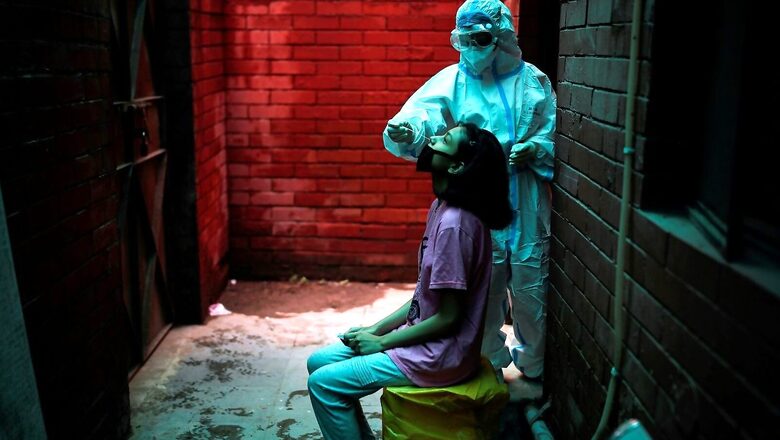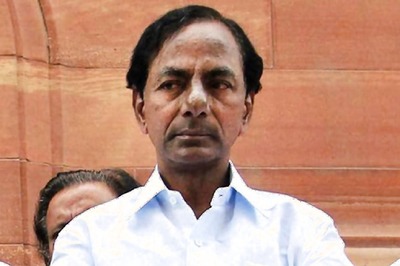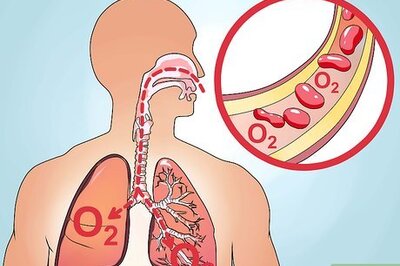
views
India has made remarkable progress in Covid-19 vaccination in a short period of time, but vaccinating the next billion will necessitate reaching a poorer segment of the population, for whom the main barriers to vaccine access may include knowledge, awareness, proximity, and convenience, according to the World Bank.
World Bank economists Arushi Bhatnagar and Owen Smith, in their blog, said that a greater focus on these aspects of last-mile service delivery may offer the key to bringing the pandemic one step closer to its conclusion.
“From the efforts of frontline workers to the roll-out of an innovative technology platform, the vaccine campaign has been an impressive all-round achievement to protect India’s population from the virus. But the arrival of the Omicron variant has added greater urgency to COVID-19 vaccination efforts worldwide, and so it will be even more important to sustain the momentum achieved so far,” it said.
The blog said that reaching 2 billion doses and beyond “could prove more challenging than the first billion”.
Citing data, the blog said vaccine hesitancy is no longer a major constraint, if it ever was. According to the blog, the proportion of households unwilling to receive a Covid vaccine if it was provided free of charge by the government fell from 14 percent in January to less than 3 percent by August.
“The sharpest monthly decline followed immediately after the second wave during which COVID-19 cases and deaths had peaked across the country. Moreover, while there were clear socioeconomic differences in vaccine hesitancy at the start of the year – the richest quintile was almost twice as hesitant as the poorest – these differences have now disappeared, with hesitancy now almost equally low across the welfare distribution,” it said.
The survey results also revealed remaining gaps. “The share of households reporting that at least one member had been vaccinated quadrupled from 17.5% in April to 70.4% in August. Consistent with administrative data, there are significant differences in vaccination rates across states,” it said.
According to the blog, the findings point to other potential barriers to greater vaccine access. There are significant gaps in vaccine coverage between urban and rural areas (66 percent vs 52 percent), as well as between those who have and do not have mobile internet access (59 percent vs 51 percent ).
Read all the Latest India News here


















Comments
0 comment